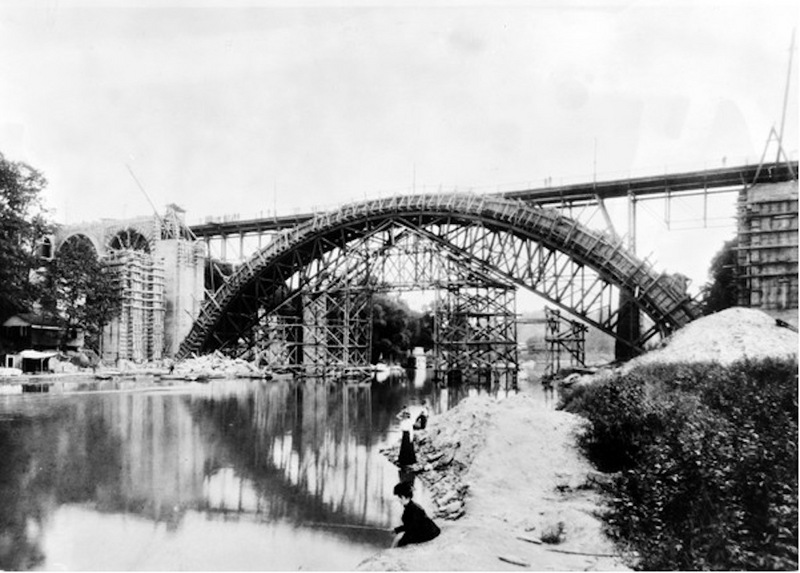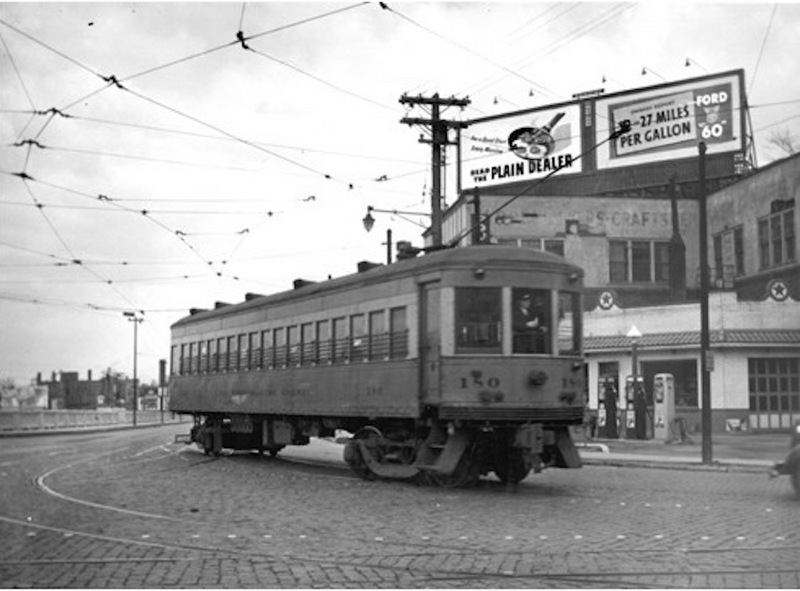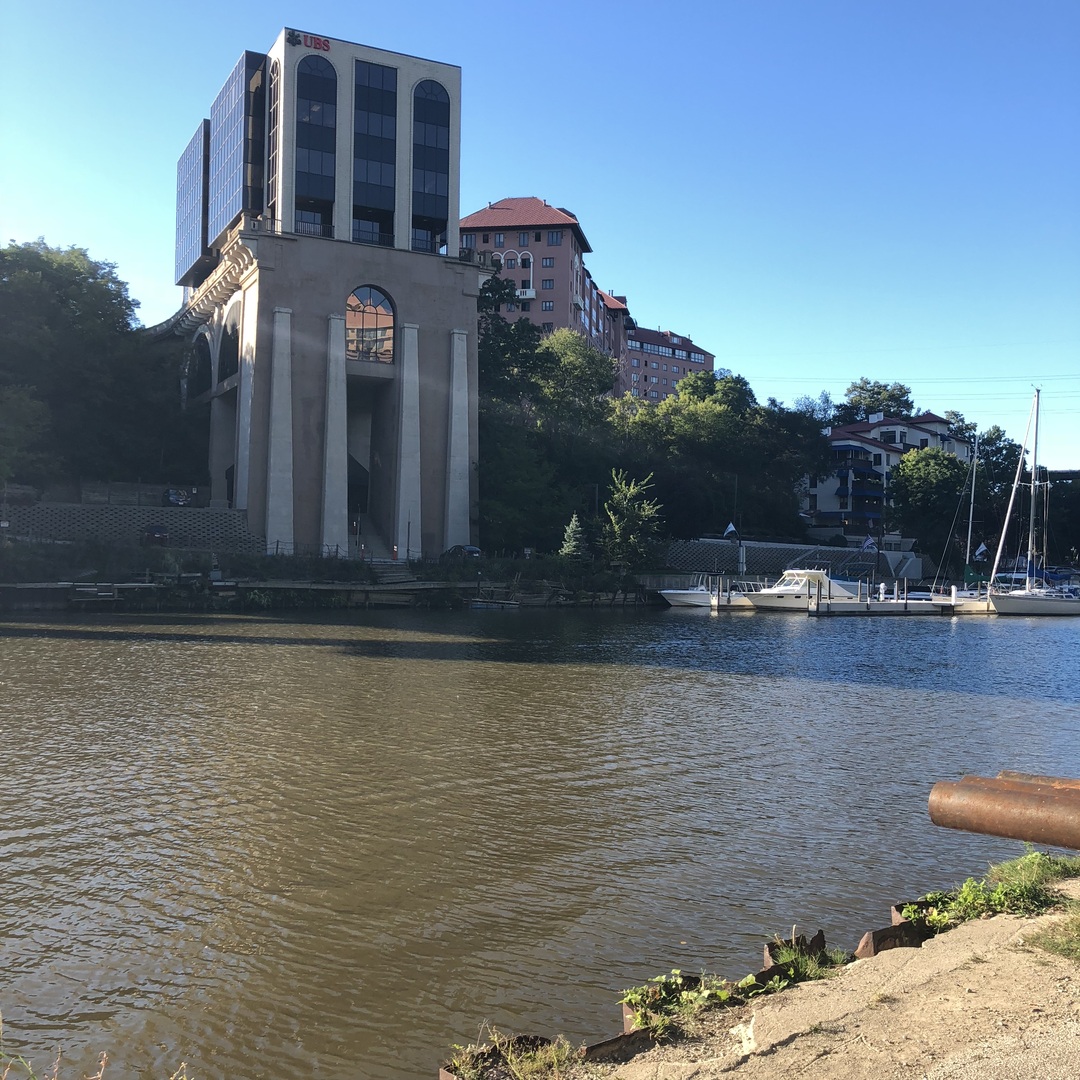
The Detroit Rocky River Bridge spans the Rocky River and connects the cities of Rocky River and Lakewood. Prior to 1819, Rufus Wright operated a ferry that carried Rockport residents across the Rocky River. He was a tavern owner as well. Wright later became Lakewood's second postmaster. His sons followed in his footsteps and members of the Wright family were the city's postmaster for several generations.
In 1819, the construction of the first Detroit Rocky River Bridge began, with Wright paying half the cost. Each of the 18 resident families contributed money, labor, or materials. The bridge was completed in 1821, but crossing it required a hazardous descent and ascent along the river's slippery embankments. The bridge was so dangerous that in November 1848, two stagecoaches capsized on the bridge. Travelers were advised to avoid the Detroit Rocky River Bridge and instead go along the beach to ford the river.
In 1850, the old bridge was replaced by a toll bridge made by the Detroit Plank Road Company. The new bridge made for slightly safer approaches. It was again replaced in 1875 with a wood and iron girder bridge before an even safer bridge was built in 1890. This high-level truss bridge with an oak plank floor and built of iron and stone avoided the embankments altogether. It was toll-free but cost taxpayers $60,000 to construct.
The beginning of the streetcar era required that a fifth bridge be built in 1910. It was built of concrete and steel. The new bridge was needed so as to add rails for the streetcars. The Detroit Rocky River Bridge was the longest stretch of unreinforced concrete in the world at the time, measuring 208 feet.
The current bridge was built in 1980 for $4 million. Today, the Bridge Building at 18500 Lake Road, built atop the western foundation, stands on the only remaining section of the 1910 bridge.
Audio
Images






